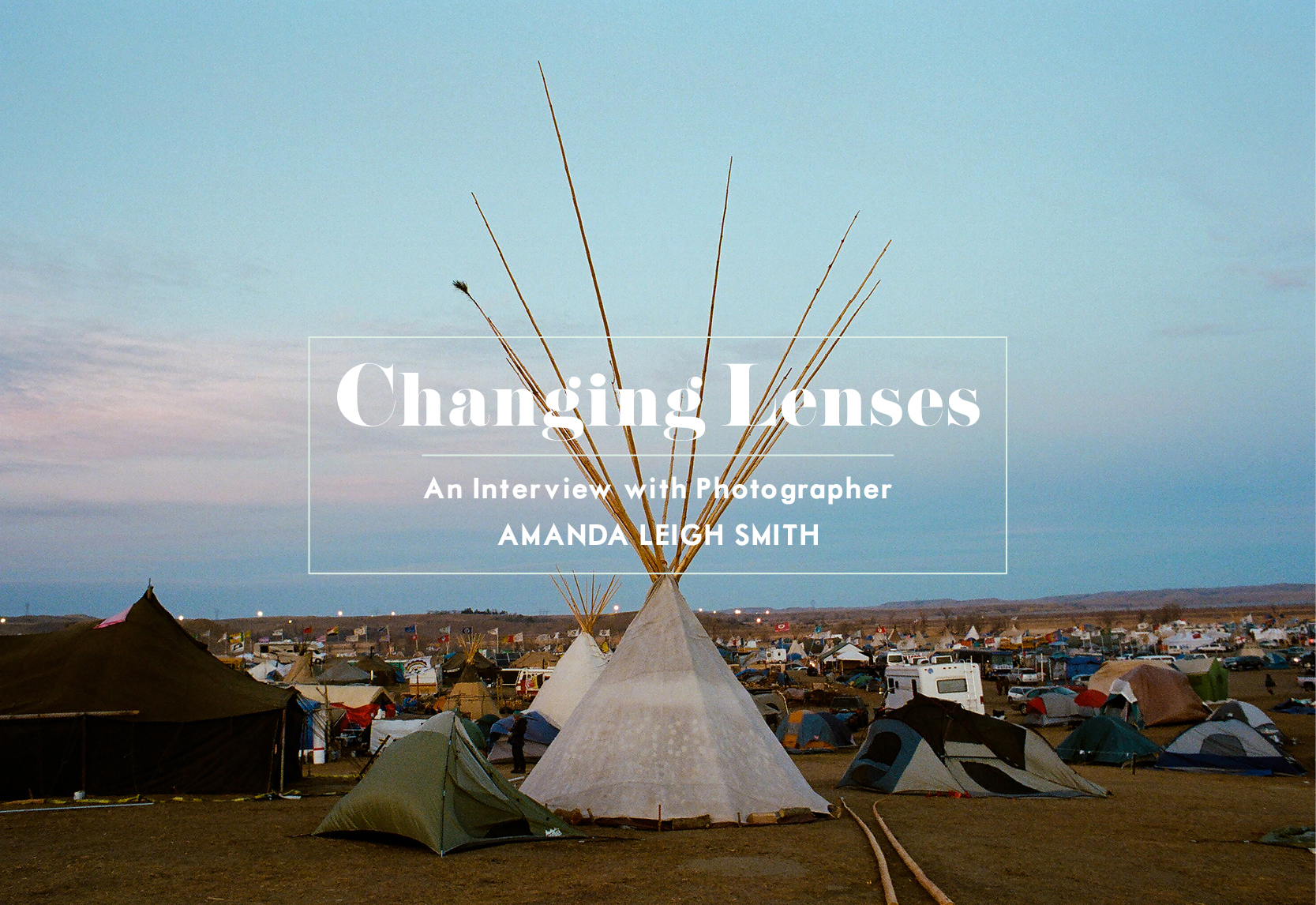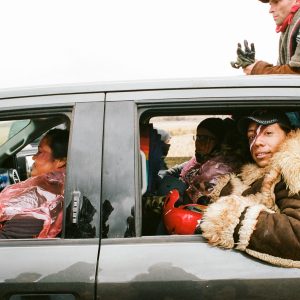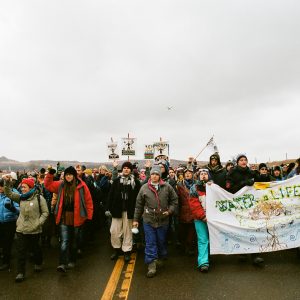The weight of our political climate has left many of us feeling anxious and asking the question: How will this generation be remembered? One way to find out is through artwork reflecting the turbulent times we are living in. So when photographer Amanda Leigh Smith turned her lens towards more politically charged subjects, she had our attention. We sat down with Amanda to learn more about her work as an activist and why she’s documenting today’s most important stories.
We asked:
You specialize in 35mm fashion and travel photography. What inspired your more recent photojournalistic approach to people and cultural events?
When I was a teenager, I aspired to work for publications like The New York Times as a photojournalist. However, in an effort to follow a more practical life path, I studied political science and became a social worker with the goal of becoming a civil rights lawyer. During that period, photography was my outlet for creative expression and escape. I felt the need to keep these identities separate until photography started to dominate my professional life a few years ago. While living in Canada, I worked with a music historian and producer on projects with First Nations musicians, which really solidified my drive to pursue photojournalism and feel like an active contributor to my community. I no longer see photography as my way to escape the harsh realities of the world, but rather as a tool to create awareness, justice and empowerment.
Why is it important to you to go beyond taking direct action in demonstrations like Standing Rock and document those advocating for our natural resources?
I think it’s important to document people fighting for our natural lands, as well as civil rights issues. I strongly believe they are interconnected and the media has an immeasurable impact on public interpretation of these issues. The media profoundly shapes our systems of beliefs, and thus our political behavior. I vividly remember coverage of the Occupy Movement in 2011, when so much of the conversation centered on who protested and how they looked to either legitimize or delegitimize their actions based on appearance. I believe it’s important to show the diversity of people involved in social movements, especially images that counter the dominant narrative and challenge stereotypes. If people see an image of a person they can relate to, they might be more inclined to get involved.
How has capturing events like Standing Rock influenced you as an artist?
Although I had some previous experience with both, Standing Rock was a crash course in journalism and direct action for me. It definitely exposed my weaknesses as a journalist and an artist, and hopefully my strengths as well. A very successful male photographer once told me I must be a skilled manipulator to be a good photographer. I saw his point for commercial photography, however as a documentarian, it’s more important to be a skilled listener and observer. If I were to manipulate any emotions, ideally I’d encourage people to care more about others and the Earth.
How is your approach to shooting political events different?
I’m still navigating how to approach news stories, but I try to remove my preconceived assumptions and challenge my own ideology. I aim to operate from a moderate, empathetic place and cover as many perspectives as I can. Photojournalism assignments require speed as well as patience to build trust with the subjects, while commercial work operates in a controlled environment, which could be recreated. With political events, you only get one shot, so you have to make it count.
You just shot a documentary for Girl Gaze in Palestine. Can we expect more film projects in the future?
My focus is definitely shifting towards video work, so hopefully more film projects will be in my future. I’ve got quite a list of things up my sleeve, so we’ll just have to wait and see.
This article was originally published in RANGE Magazine Issue Seven.
Images by Amanda Leigh Smith.
xx Lisa


